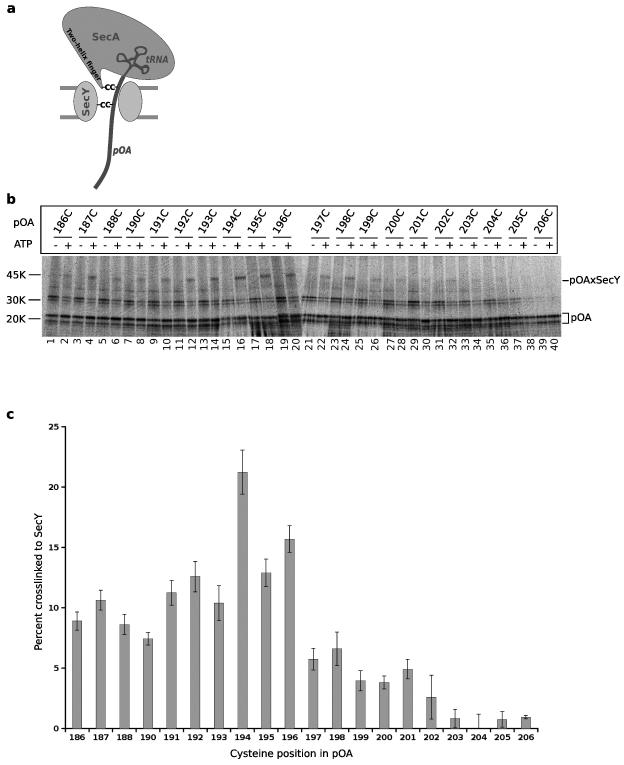Figure 2. Contact of a translocation intermediate with the pore of SecY.
a, Scheme of the crosslinking strategy. A tRNA-associated fragment of 35S-proOmpA (pOA) was synthesized in vitro and translocated by SecA into the SecY channel. The bulky tRNA prevents complete translocation. Two cysteines (C) were introduced into pOA, one for crosslinking to a cysteine in the two-helix finger of SecA and one for crosslinking to a cysteine in SecY. b, Translocation substrates (pOA:tRNA) of 206 residues containing single cysteines at the indicated positions were incubated in the absence or presence of ATP with a cysteine-free SecA and proteoliposomes containing purified SecY complex. SecY carried a single cysteine in the pore ring at position 282. After oxidation with Cu2+-phenanthroline, the samples were treated with NEM and RNase A, and analyzed by non-reducing SDS-PAGE and autoradiography. The positions of free and crosslinked pOA (pOA and pOAxSecY) are indicated. c, Quantification of three experiments performed as in b (mean and standard deviation).

